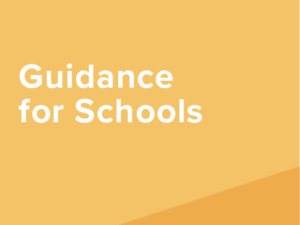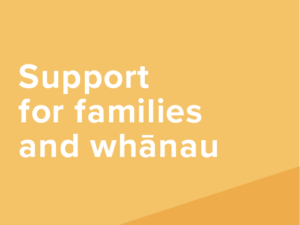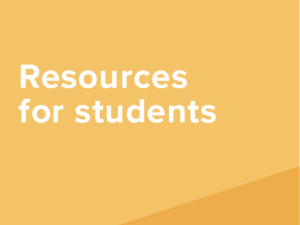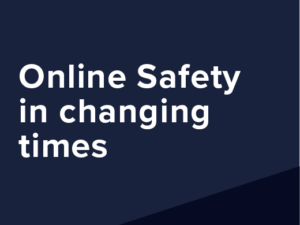Educators are great at keeping many balls in the air however sometimes a little support and guidance helps to make things a bit easier.
To support teachers and those working with young people to help them build the attitudes, skills, knowledge and values to make safe and responsible choice online, Netsafe has collected together key tools and resources.
Key things to think about
Find time to disconnect
Set aside time when you can disconnect. Digital technology can suggest that teachers are available to answer emails and messages 24/7, so share times when you are available and when you aren’t.
Set boundaries
Set clear boundaries about how and where communications with students and parents will happen. Stick to existing methods for communication, however if an alternative is selected, for example social media (after a risk identification and mitigation process), avoid using personal accounts – set up a school-based account where there is greater control over who can access what and there is a clear division between professional and personal. Avoid engaging in personal messages with students and parents and keep conversations professional and visible where possible.
Evaluate the platforms and websites
Often schools determine the platforms and apps used when working with students, but there could be some flexibility.
Consider your choices, weigh up the possible risks and benefits and make sure you have plans and structures in place to mitigate any risk. Be transparent with school leadership and parents about what platform you are using, why you’re using it, how it will be used and what you have in place to protect the privacy of your students and ensure their safety online. Check out Netsafe’s Digital Safety Management Plan – it’s a great tool to help you to look critically at the online platforms and apps you use and evaluate their appropriateness.
Aim for transparency
Share plans and processes clearly with students and parents. What platform has been chosen, why, how will it be used, who will use it and what plans are in place should challenges arise.
Share or co-construct expectations
Establish expectations early. Revisit use agreements or treaties with students and ensure everyone has a good understanding of how to help everyone to have positive learning experiences. Consider co-constructing agreements with students and link these to school values and expectations.






